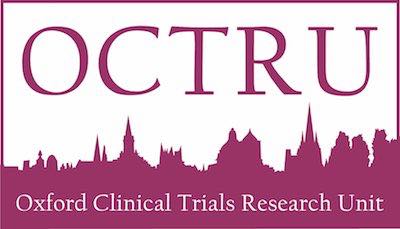Study Summary
Digital nerves are small nerves that pass along the sides of each finger and provide sensation to the fingertips. These nerves can be accidentally cut when handling sharp objects like a knife or broken glass. The nerve is like an electrical cable: lots of small fibres encased in a thick insulating layer. We would like to find out whether stitching (also known as suturing) this outer layer helps the small fibres on either side of the injury heal, or whether just realigning the two ends is needed.
There is some evidence that both treatments give good results. There is also some evidence that patients may not fully recover the feeling in their injured finger, even after stitching the nerve. Research so far has been conflicting and is of varying quality. For example, some studies do not directly compare treatments, or do not ask patients about their views of recovery.
The best way to find out if stitching the cut digital nerve is appropriate is to compare them in a research study. Because of this, the National Institute for Health Research (funded by the UK Government) decided to fund NEON. 478 patients will join the NEON study: half will have their digital nerve injury sutured together, half will have the ends realigned. The groups will be randomised so researchers can compare them without bias. The rest of their operation and care afterwards will be the same for a fair comparison.
To find out which treatment is better, patients will fill out 4 short questionnaires in the 12 months after their surgery, which ask about their finger, health and recovery since the operation. There are also 2 extra clinic visits to assess sensation in the injured fingers.
NEON will recruit patients for 9 months across a smaller number of hospitals in England. After this pilot period, over 20 hospitals are expected to take part across the whole UK.





